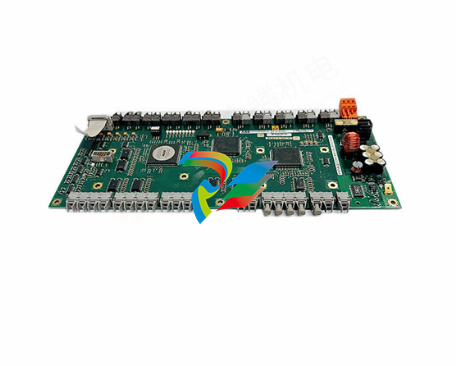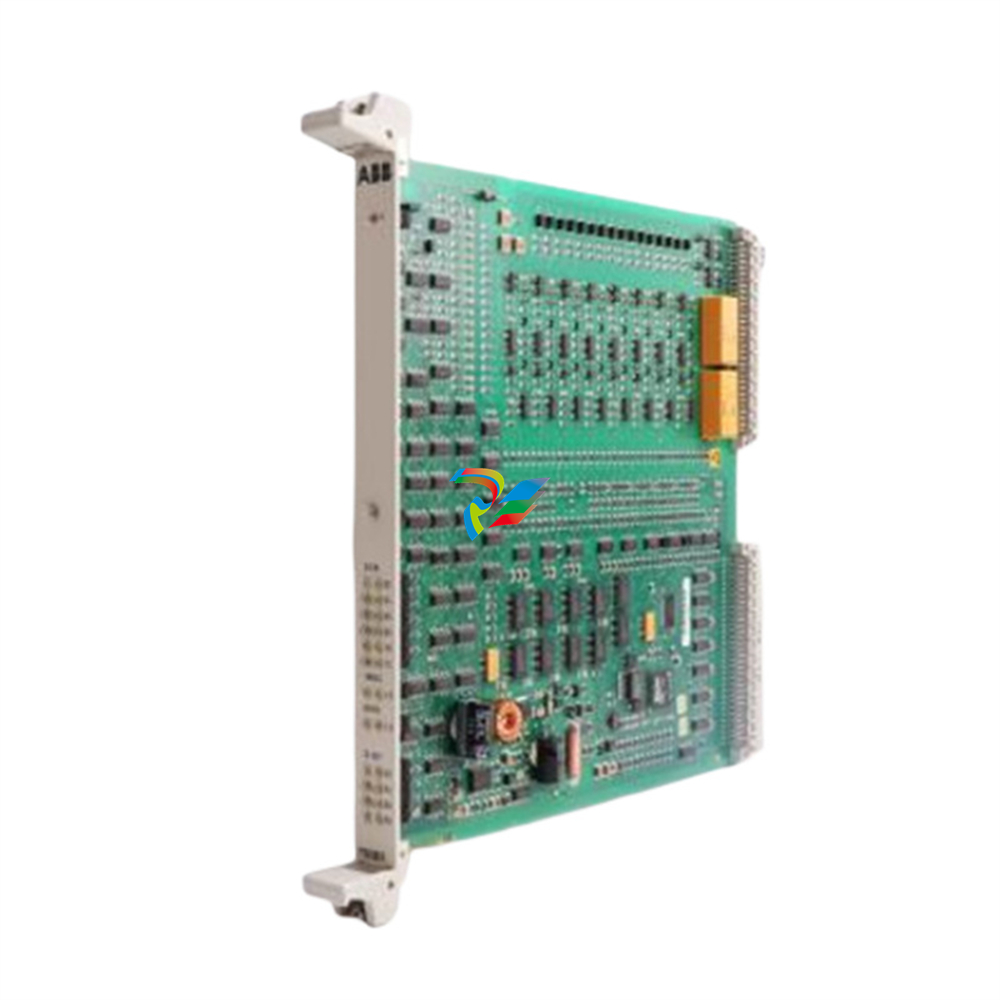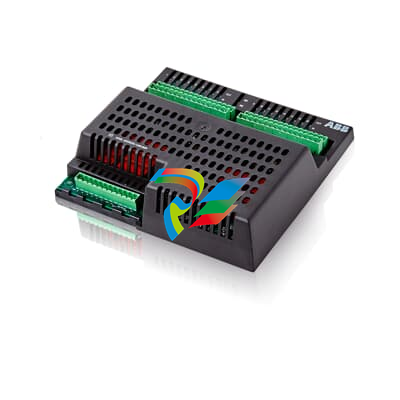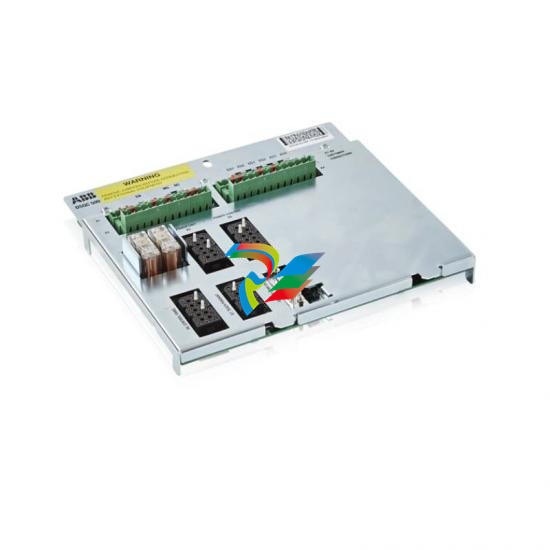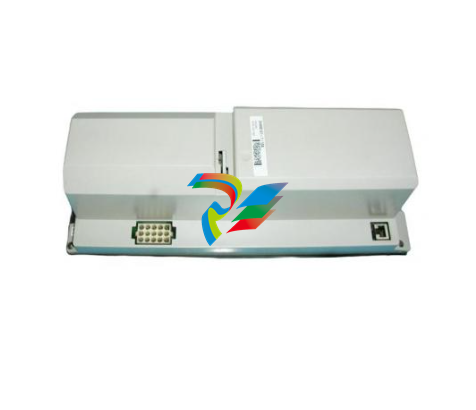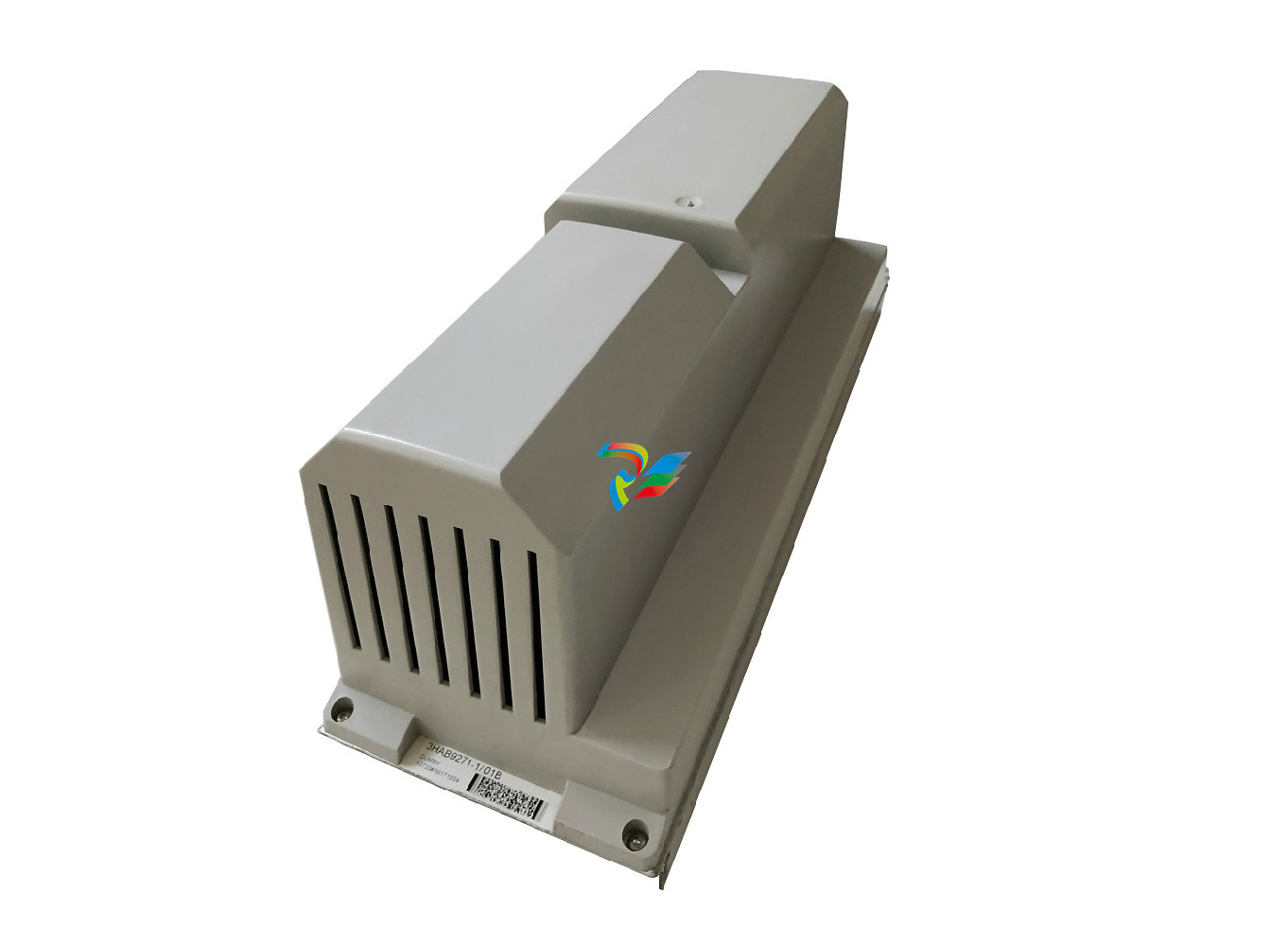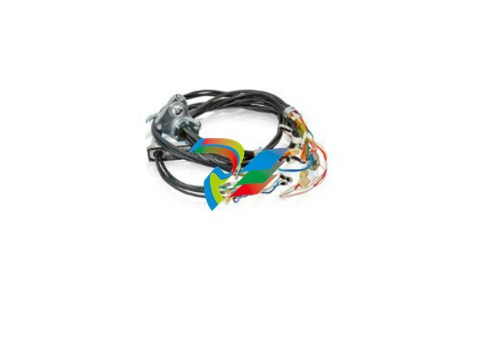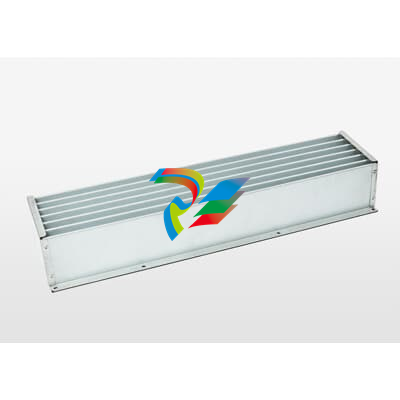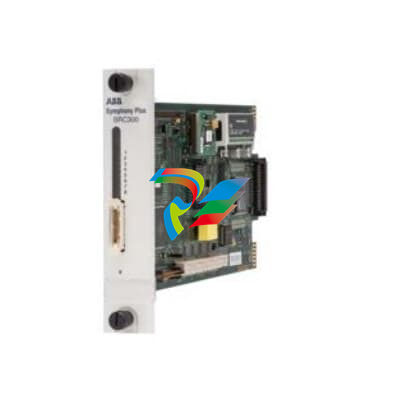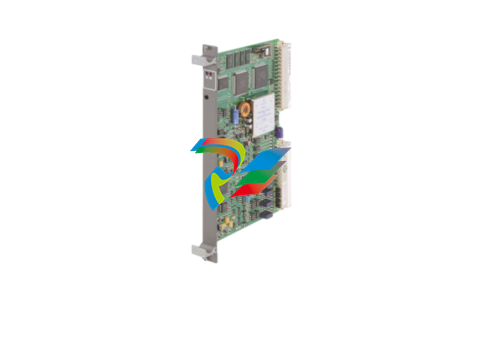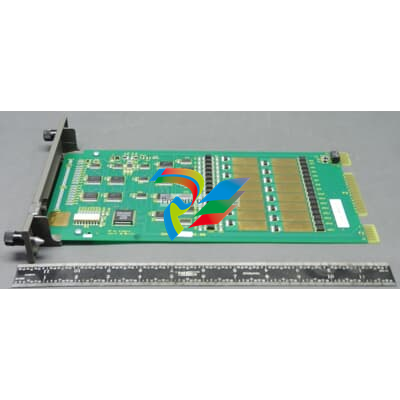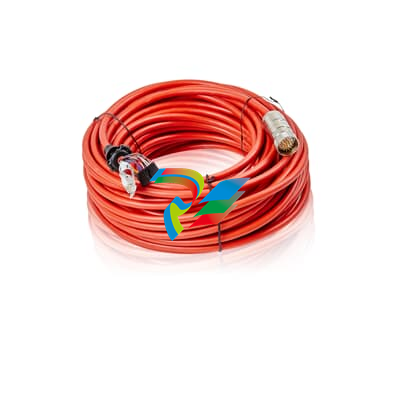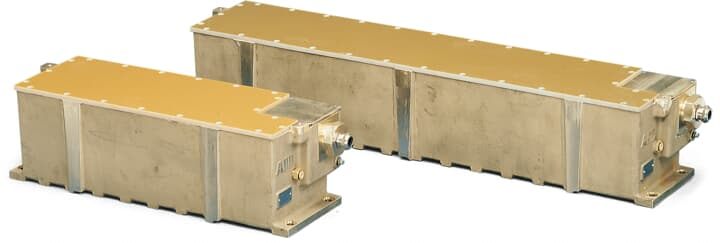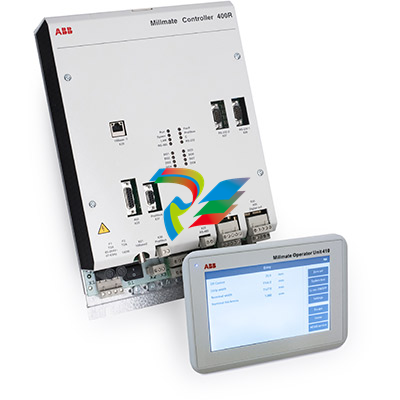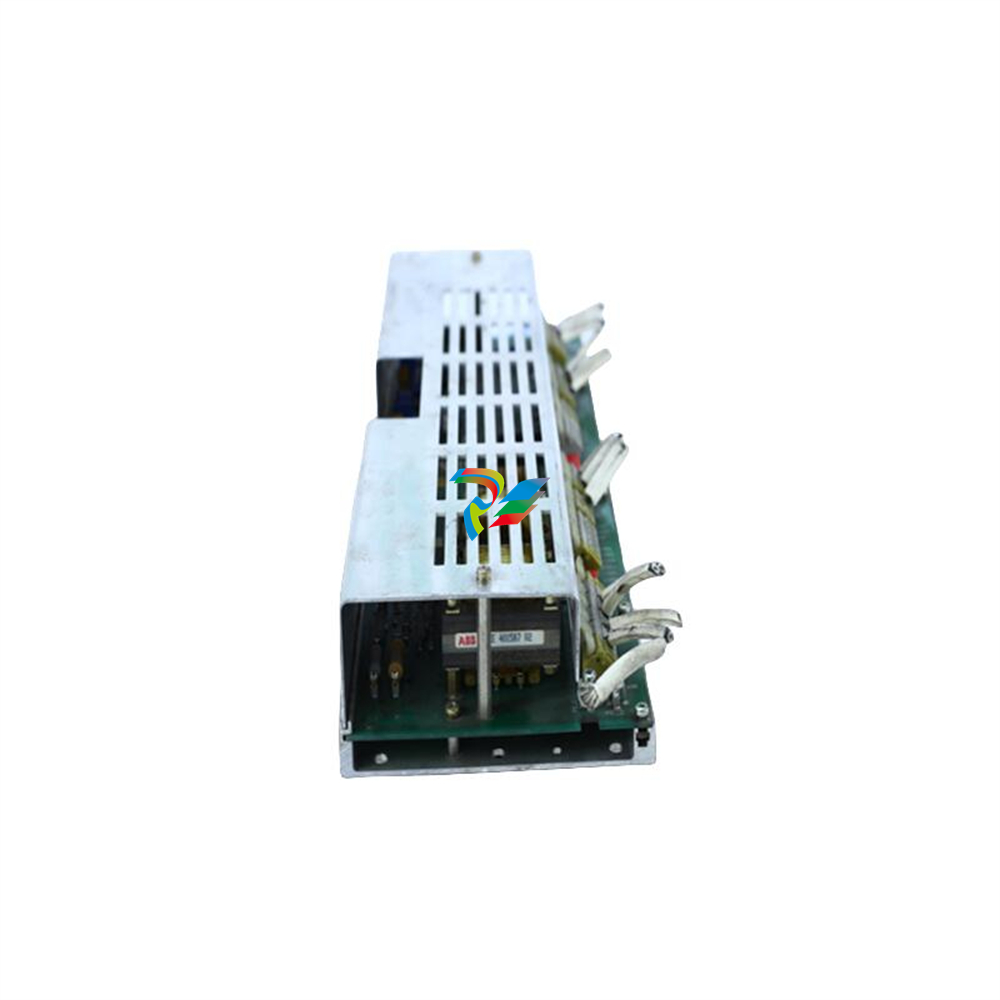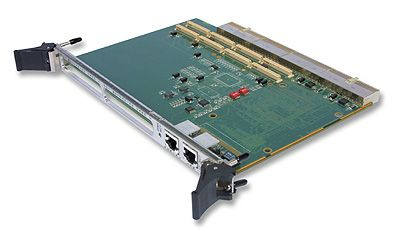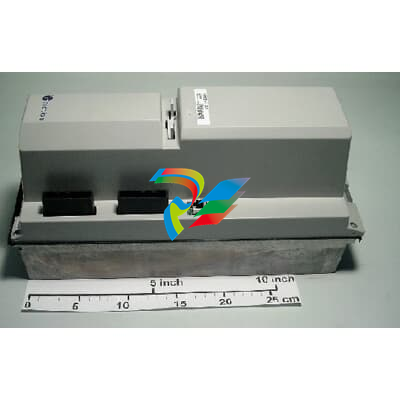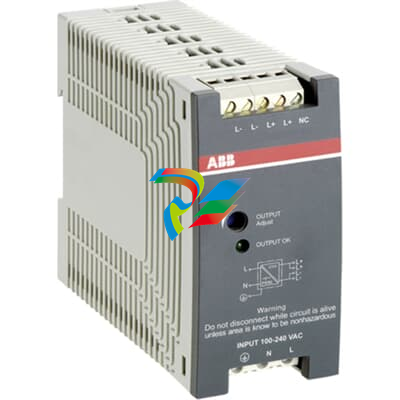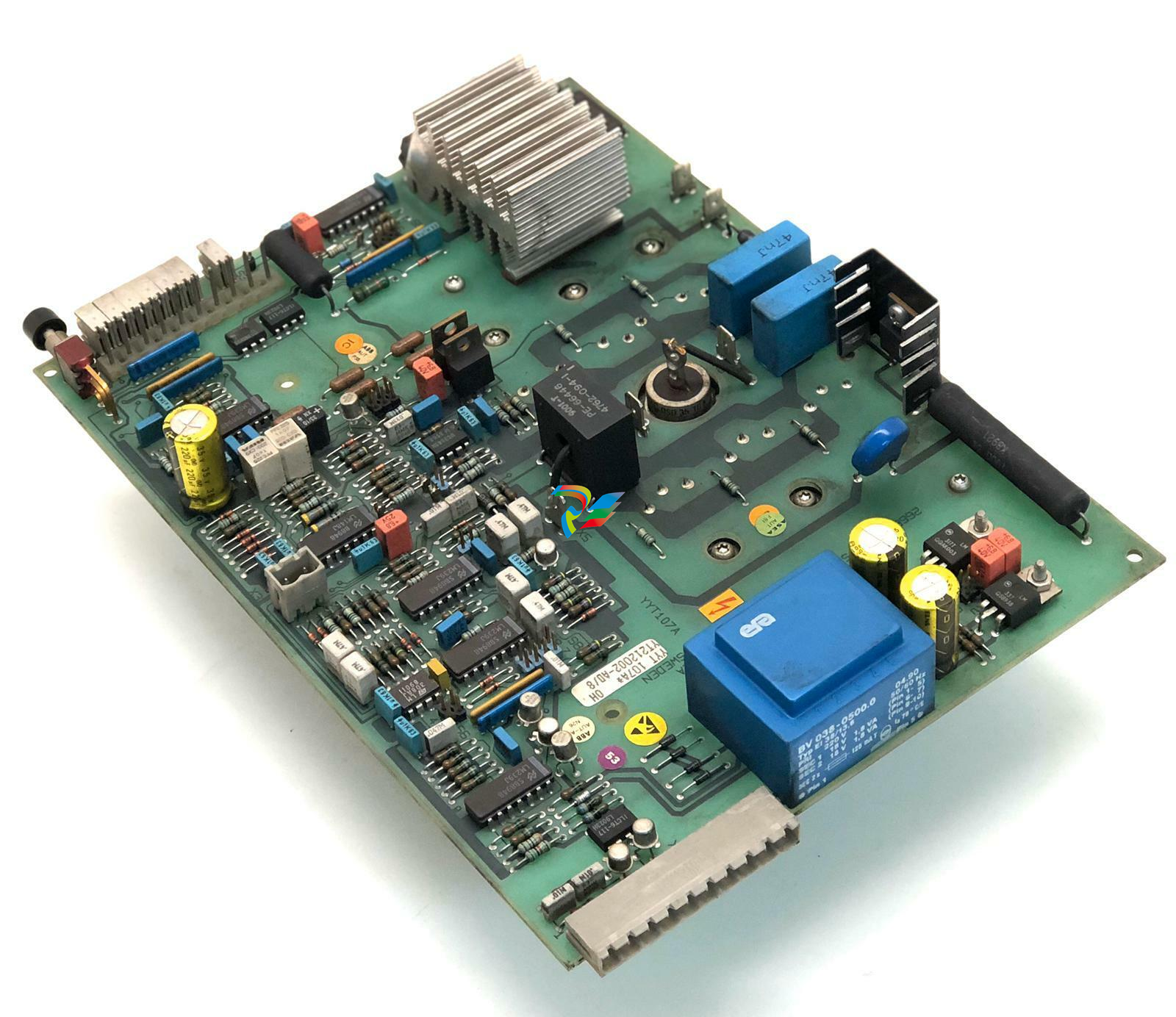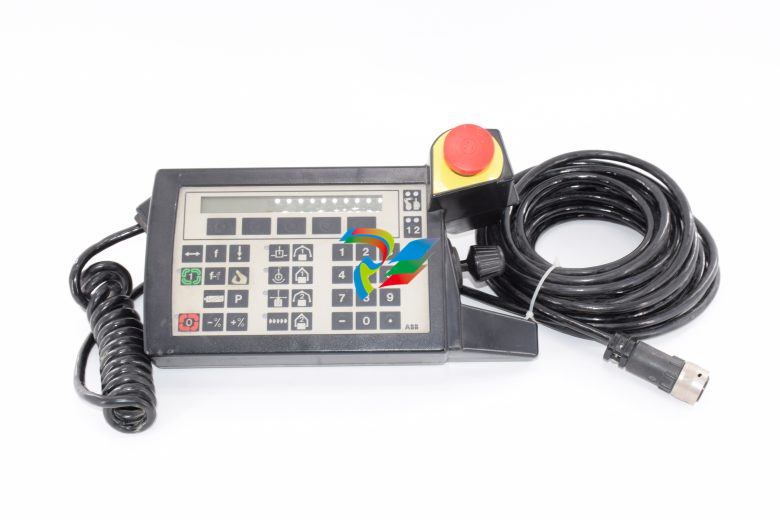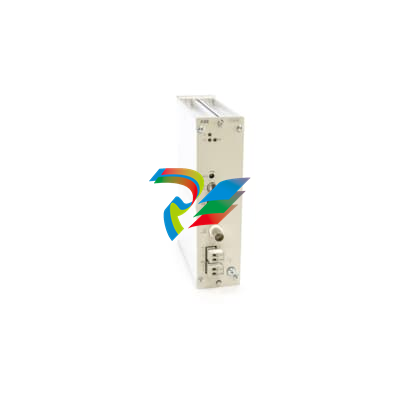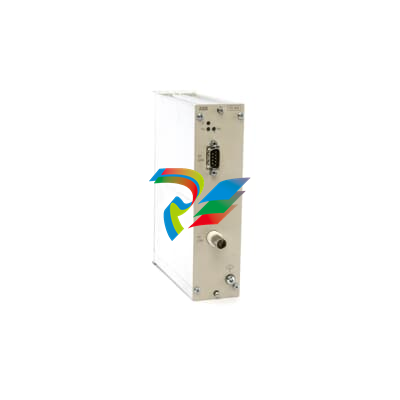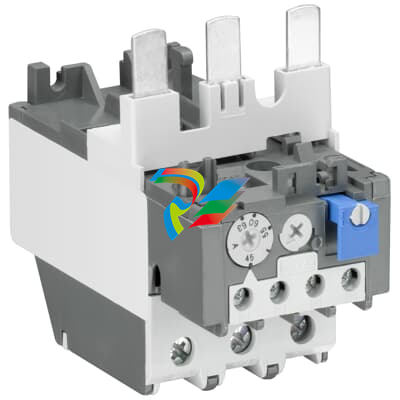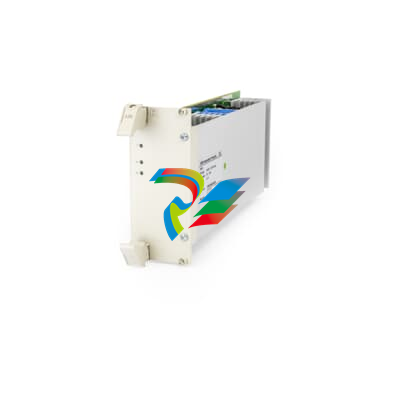
parkerVM600 MPC4 machinery protection card
KEY FEATURES AND BENEFITS
• From the Vibro-Meter® product line
• Continuously online machinery protection card
• Real-time measurement and monitoring using
state-of-the-art DSP techniques
• 4 dynamic signal channels and 2 tachometer
(speed) channels, all individually
programmable
• Programmable broad-band and narrow-band
filters
• Simultaneous amplitude and phase monitoring
in order-tracking mode
• Programmable Alert, Danger and OK set points
• Adaptive Alert and Danger levels
• Front-panel BNC connectors for easy analysis of
buffered “raw” sensor signals
• Front-panel LEDs indicate status and alarms
KEY BENEFITS AND FEATURES (continued)
• Integrated power supplies for sensors and
signal conditioners such as IEPE
accelerometers and proximity measurement
systems
• Live insertion and removal of cards
(hot-swappable)
• Available in “standard”, “separate circuits”
and “safety” (SIL) versions
APPLICATIONS
• Machinery protection and/or basic
condition monitoring
MPC4 card
The MPC4 machinery protection card is the
central element in the VM600 series machinery
protection system (MPS), from Meggitt’s
Vibro-Meter® product line. This very versatile card
is capable of measuring and monitoring up to
four dynamic signal inputs and up to two speed
inputs simultaneously.
The dynamic signal inputs are fully programmable
and can accept signals representing
acceleration, velocity and displacement
(proximity), among others. On-board multichannel processing allows measurement of
various physical parameters, including relative
and absolute vibration, Smax, eccentricity, thrust
position, absolute and differential housing
expansion, displacement and dynamic pressure.
Digital processing includes digital filtering,
integration or differentiation (if required),
rectification (RMS, mean value, true peak or true
peak-to-peak), order tracking (amplitude and
phase) and measurement of the sensor-target
gap.
The speed (tachometer) inputs accept signals
from a variety of speed sensors, including systems
based on proximity probes, magnetic pulse pickup sensors or TTL signals. Fractional tachometer
ratios are also supported.
The configuration can be expressed in metric or
imperial units. Alert and Danger set points are fully
programmable, as are alarm time delay,
hysteresis and latching. The Alert and Danger
levels can also be adapted as a function of the
speed or any external information.
A digital output is available internally (on the
corresponding IOC4T input/output card) for each
alarm level. These alarm signals can drive four
local relays on the IOC4T card and/or can be
routed using the VM600 rack’s Raw bus or Open
Collector (OC) bus to drive relays on optional
relay cards such as the RLC16 or IRC4.
The processed dynamic (vibration) signals and
speed signals are available at the rear of the rack
(on the front panel of the IOC4T) as analog
output signals. Voltage-based (0 to 10 V) and
current-based (4 to 20 mA) signals are provided.
The MPC4 performs a self-test and diagnostic
routine on power-up. In addition, the card’s builtin “OK system” continuously monitors the level of
signals provided by a measurement chain (sensor
and/or signal conditioner) and indicates any
problem due to a broken transmission line, faulty
sensor or signal conditioner.
An LED indicator on the MPC4 front panel
indicates whether a processing or hardware error
has occurred. Six additional LEDs (one per input
channel) indicate whether the OK System has
detected a fault and whether an alarm has
occurred on the channel.
The MPC4 card is available in three versions: a
“standard” version, a “separate circuits” version
and a “safety” (SIL) version, all of which function
as a card pair using a corresponding IOC4T input/
output card.
Different versions of the MPC4 card
The MPC4 card is available in different versions,
including “standard”, “separate circuits” and
“safety” (SIL) versions. In addition, some versions
are available with a conformal coating applied
to the circuitry of the card for additional
environmental protection against chemicals,
dust, moisture and temperature extremes.
Both the ‘standard’ version and the “safety” (SIL)
versions of the MPC4 card are certified to
IEC 61508 and ISO 13849, for use in functional
safety contexts, such as SIL 1 in accordance with
IEC 61508 and PL c in accordance with
ISO 13849-1.
The “standard” MPC4 card is the original version
and supports all features and processing modes.
The “standard” MPC4 is intended for safety
systems using a VM600 rack with a limited range
of cards, that is, “standard” MPC4/IOC4T card
pairs and RLC16 relay cards. It has a VMEcompatible slave interface so it is software
configurable via VME when there is a CPUx card
acting as a rack controller in the VM600 rack. It is


































































































